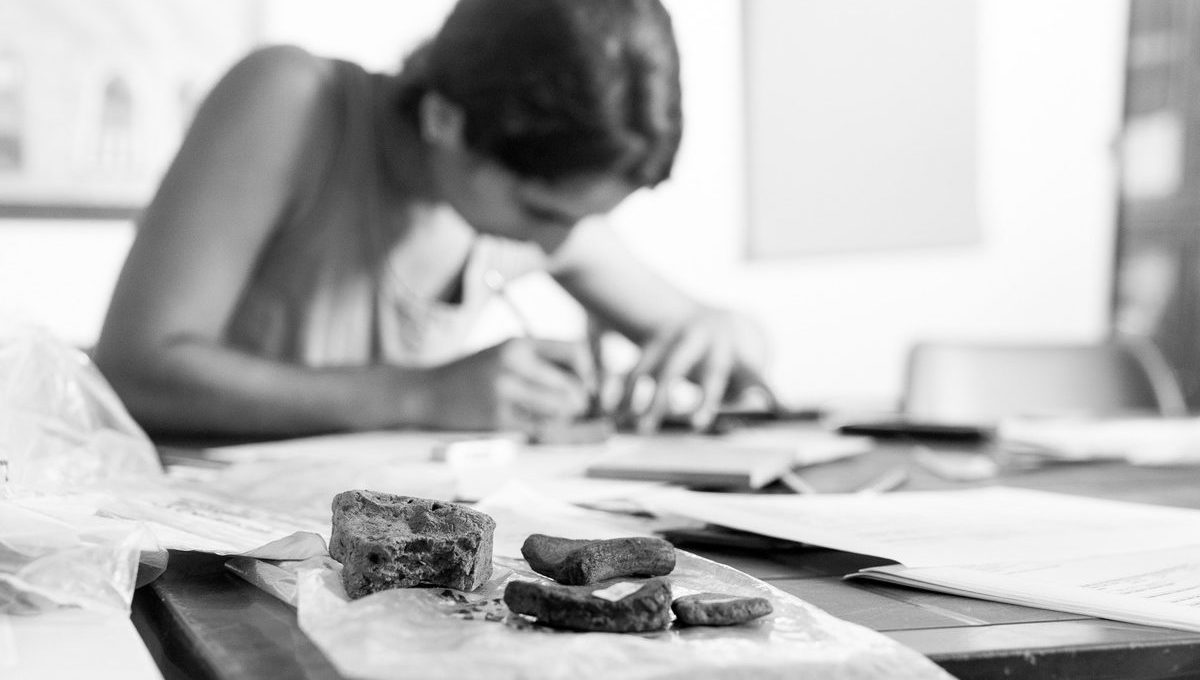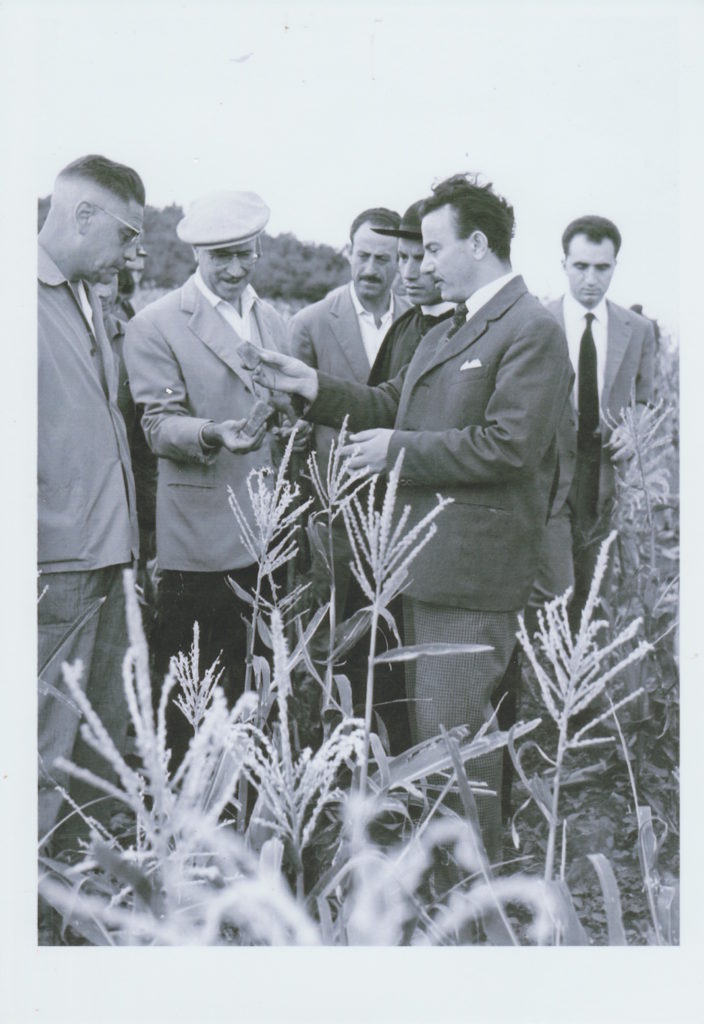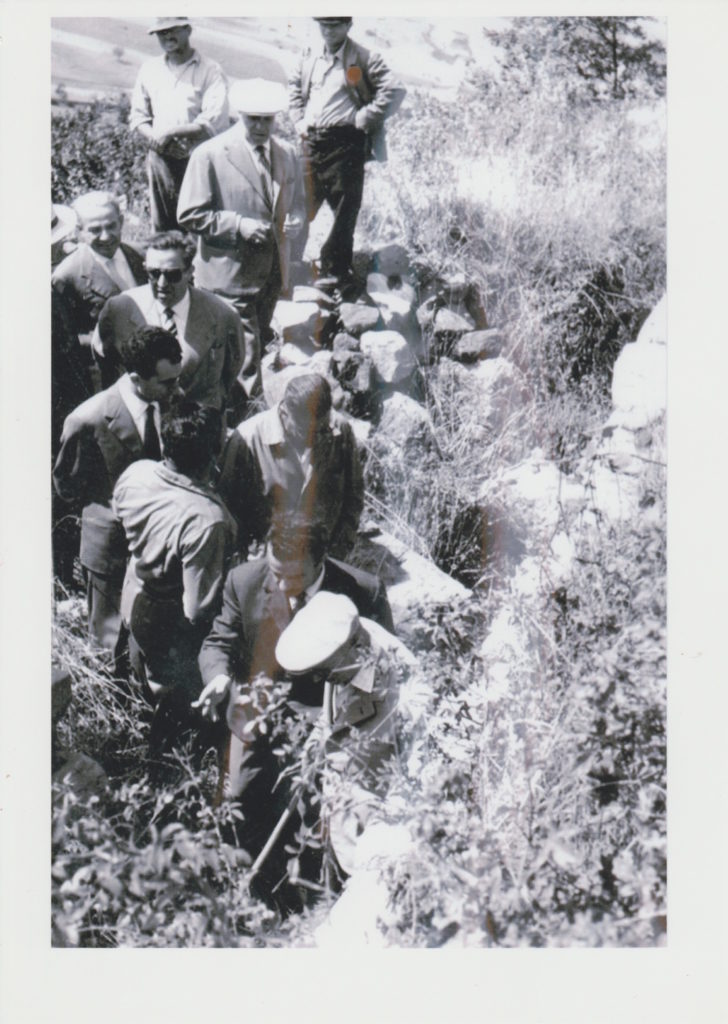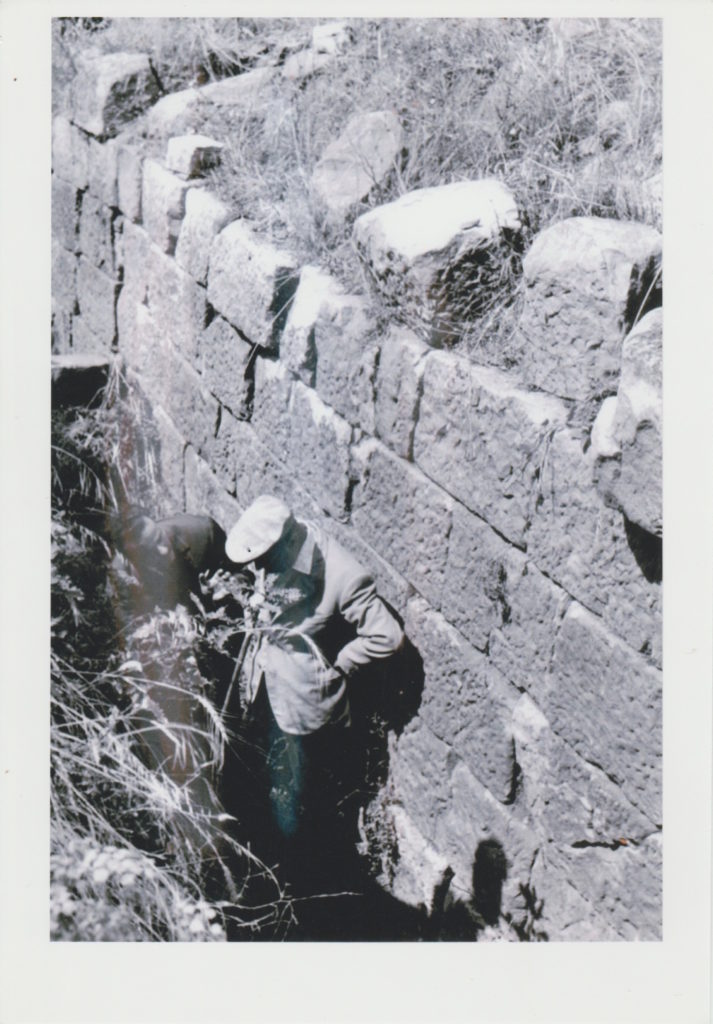Thanks to the collaboration with local archaeological institutions, the first accomplishment we attained was the re-evaluation of still unpublished documentation relating to Monte Torretta, which has been archaeologically investigated in the middle of the 20th century. This achivement highlighted the still unexpressed potential that lies unearthed on the summit of Mount Torretta. The status of this unusual site is made complicated by its controversial legal condition: it is in fact a private property under archaeological bond. Once owned by the Casalaspro noble family, in the early ’50s the Mr. Vincenzo Possidente, who wanted to launch an farming activity and exploit the natural resources of the land, bought the land of Monte Torretta. During the preparatory work for the land, however, some artifacts emerged and the Archaeological Service was called upon to investigate. Once arrived in Monte Torretta, the archaeologist Francesco Ranaldi, director of the Museo Archeologico Provinciale di Potenza, realized the archaeological wealth of the site, testified not only by the artifacts found by the workers, but also by the still visible remains of an impressive fortification wall. In 1956, he obtained the hilltop to be archaeologically constrained and launched the first official archaeological investigation of Monte Torretta di Pietragalla.
Ranaldi’s excavations from archives photos of the Museo Archeologico Provinciale di Potenza
All of this information came directly from the archives of the Museo Archeologico Provinciale di Potenza, which were rediscovered and arranged thanks to the investigation activities directly promoted by the Pietragalla Project – more deeply explained in the next section. These documents testify the complicated, sometimes conflicting, relationship between private owners and public institutions that did not favor a solid study of the site, also hindered by the scarcity of related scientific literature published. On the bright side, however, the richness of the archaeological materials found in the storerooms of the MAPP demonstrates the scientific potential of a new and modern archaeological investigation of Monte Torretta.



